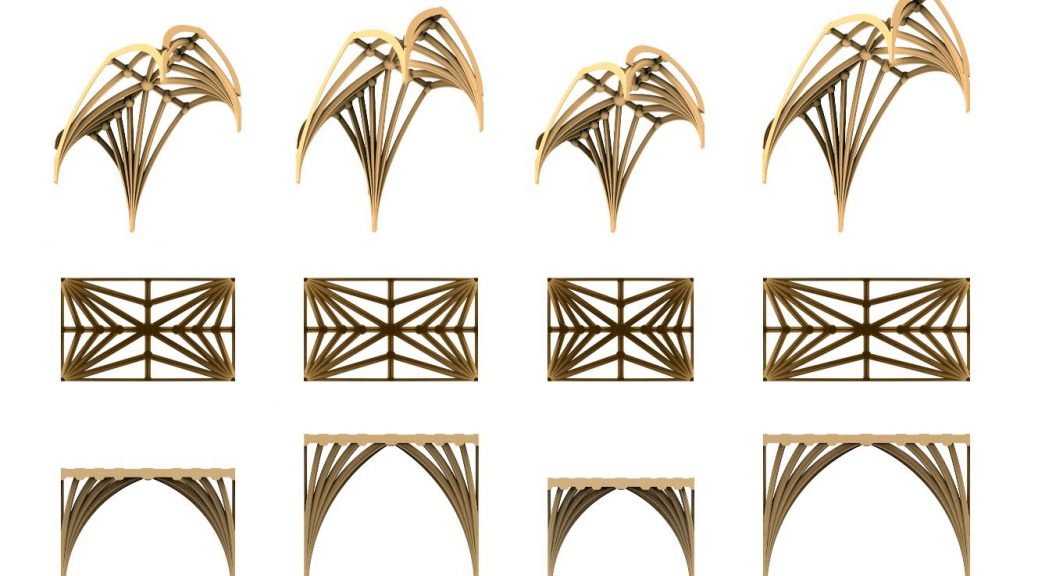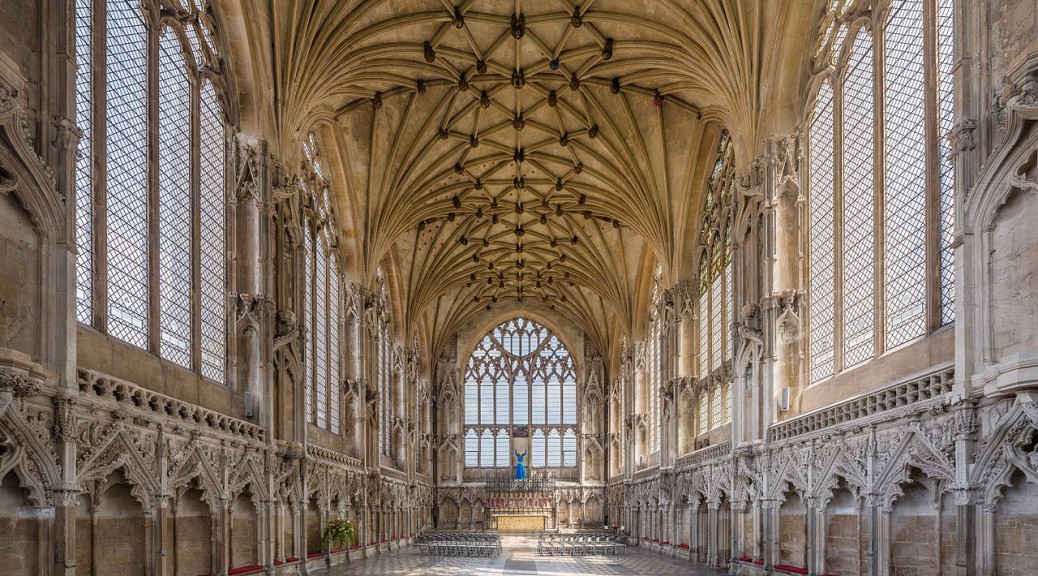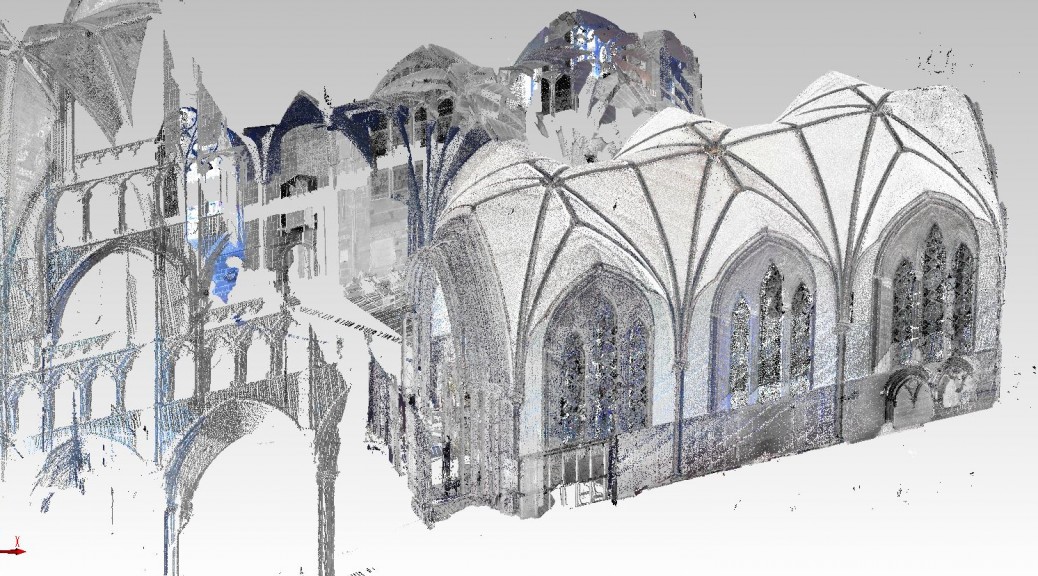Our article investigating the use of digital generative design tools to assist with analysis of Exeter cathedral has now been published in the International Journal of Architectural Computing. This article can be viewed here – please contact us for further information. Abstract below:
Medieval masons relied on a ruler and compass to generate designs of increasing complexity in both two and three dimensions. They understood that arcs and lines could be used for proportioning, working with halves, thirds, fifths and so on, rather than specific dimensions. Geometric rules enabled them to create vaulted bays, high up in church and cathedral interiors. In recent years, the influence of digital generative design tools can be seen in our built environment. We will explore generative design to reverse engineer and better understand the design and computational processes that the medieval masons might have employed at our case study site of Exeter Cathedral, England. Our focus is on a run of bays along the nave, which at first appear consistent in their design, yet in reality are subtly different. We will investigate the capacity for changes in the generative process while preserving the overall medieval design concept.
Webb, N., & Buchanan, A. (2019). ‘Digitally aided analysis of medieval vaults in an English cathedral, using generative design tools’, International Journal of Architectural Computing, July 2019.


